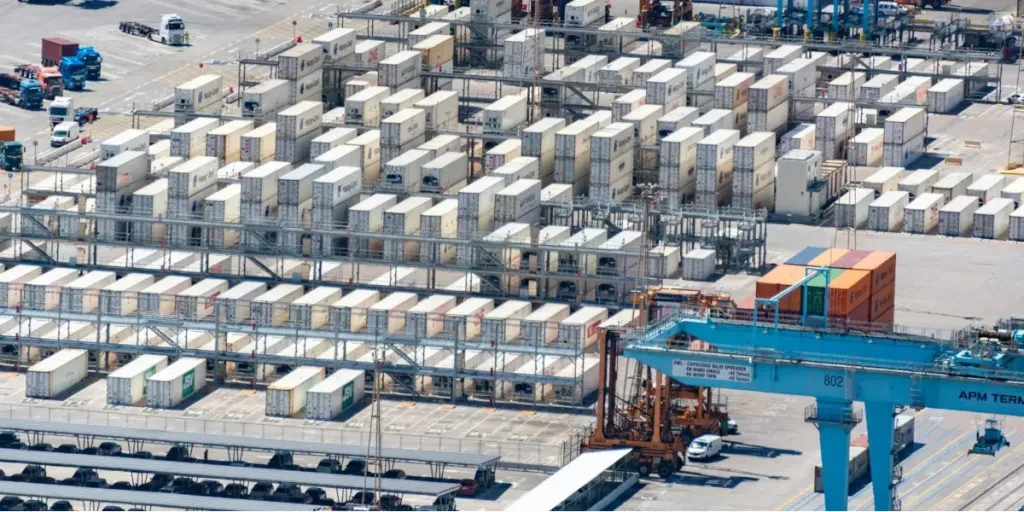Imagine going on a trip today and having the option to choose between hopping in a VIP limousine, which is exclusively tailored to specific needs and schedules, on the other hand, joining a group tour where the tour bus is shared with other travelers and makes multiple stops to accommodate the interests of all passengers.
Most of the time, if cost is a factor or if the price difference between the two options is simply too significant, people may go for the cheaper group tour option. Other times, due to special occasions or the need for privacy, people might opt for the limo services instead. Similarly, Full Truckload (FTL) and Less Than Truckload (LTL) shipping methods are very much comparable to the above scenarios, where the FTL method is akin to hiring a VIP limousine, while the LTL model is similar to joining a group tour.
To gain a complete understanding of what FTL and LTL are, the differences between FTL and LTL, and how to choose between them to achieve efficient shipping, continue reading to explore the detailed comparisons and practical insights.
Table of Contents
Full Truckload (FTL) shipping
Less Than Truckload (LTL) shipping
FTL vs LTL
How to choose between FTL and LTL
Maximizing shipping efficiency
Full Truckload (FTL) shipping
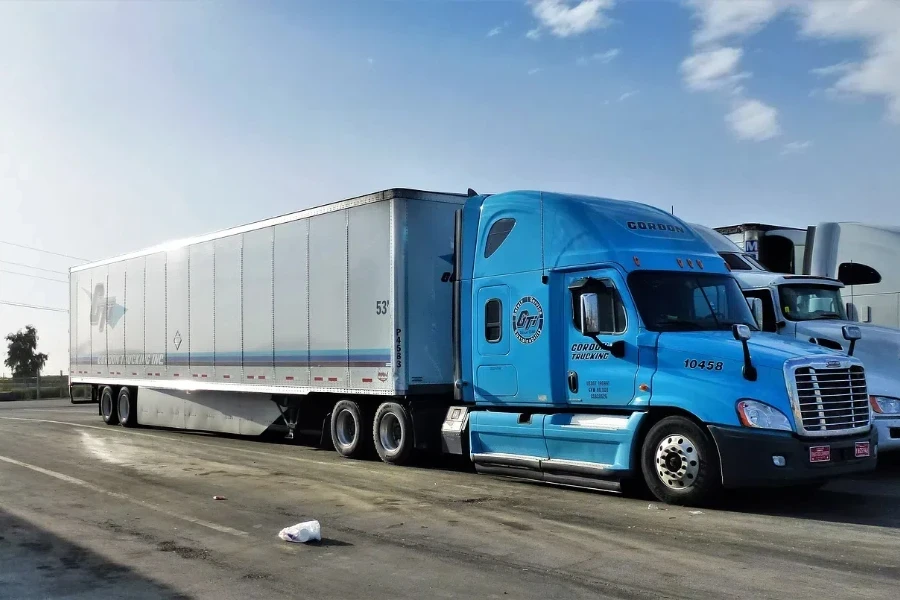
Full truckload (FTL) shipping model, sometimes also known simply as Truckload (TL), entails the exclusive use of the entire truck for one single shipment, with no consolidation or mixing with any other shipments. The “entire truck” here typically refers to semi-trucks, which have a total gross weight limit of around 80,000 pounds, including the total weight of the vehicle, rather than the much smaller standard straight truck or box truck.
To understand how much load an FTL can carry, let’s first consider the average size of a semi-truck. On average, a semi-truck in the U.S. is approximately 72 feet long (including both the tractor and the trailer) and 13.5 feet and 8.5 feet in height and width, respectively. This makes the load capacity of a semi-truck capable of easily accommodating one 40-foot container or two 20-foot containers without any issues. The total weight capacity of cargo for a semi-truck is around half of the total gross weight limit, which is about 45,000 pounds of cargo weight.
The most significant advantage of the FTL shipping model is in terms of its speed. This is in fact directly associated with its exclusivity, whereby only one single shipment is being handled and delivered at a time hence ensuring a direct route with a much more controllable and predictable schedule and delivery time.
Furthermore, the fact that the FTL is delivered directly to a single destination signifies minimal loading and unloading processes, with much-reduced handling that can eventually help to minimize the risk of damage or theft throughout the journey, making FTL a more secure option in terms of safety.
In brief, in view of its sole utilization for a single shipment only, FTL can be particularly ideal for large and urgent types of shipments. Nevertheless, all these advantages also make FTL come with a typically higher price. Consequently, it can be much less cost-effective for any smaller loads or those unable to make full use of the available truck space.
Less Than Truckload (LTL) shipping
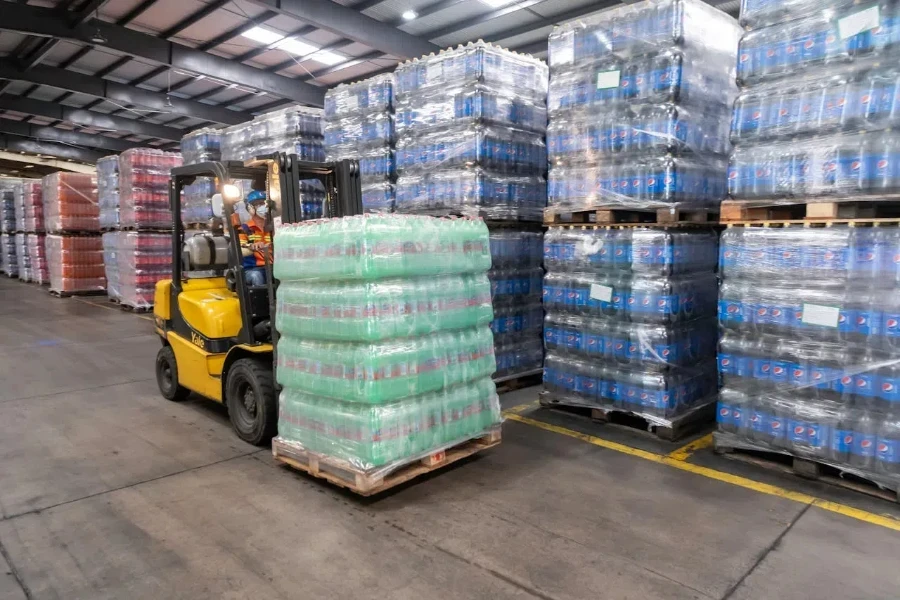
As the name implies, Less than truckload (LTL) shipping mode combines multiple smaller shipments from various shippers into a single truck. This shipping model is subject to numerous stops or transfers and is normally filled with small shipments weighing between 100 pounds and up to 15,000 pounds.
The most noteworthy benefit of LTL is in terms of its affordability and practicality, as shippers only need to pay for the space their freight occupies. Altogether, the shippers share costs for placing smaller shipments that are unsuitable for parcel deliveries in the same truck. Its cost-effectiveness peaks when shipping non-urgent smaller cargo, since the LTL model takes time to deliver multiple shipments.
Another notable advantage of the LTL model is its flexibility in offering additional services such as inside or residential pick-up, which adds convenience compared to the standard curbside or dock pick-up. Meanwhile, using a hydraulic lift, an additional lift gate service offers loading and unloading assistance– a particularly useful service for destinations without dock access such as residential or non-commercial areas. More specialized services are available for the LTL shipping mode as well, depending on the provider and customer needs.
However, despite these benefits, LTL shipments often take longer transit times due to the multiple stops required for various shipments involved. This can potentially cause more handling processes, increasing the risk of damage.
FTL vs LTL
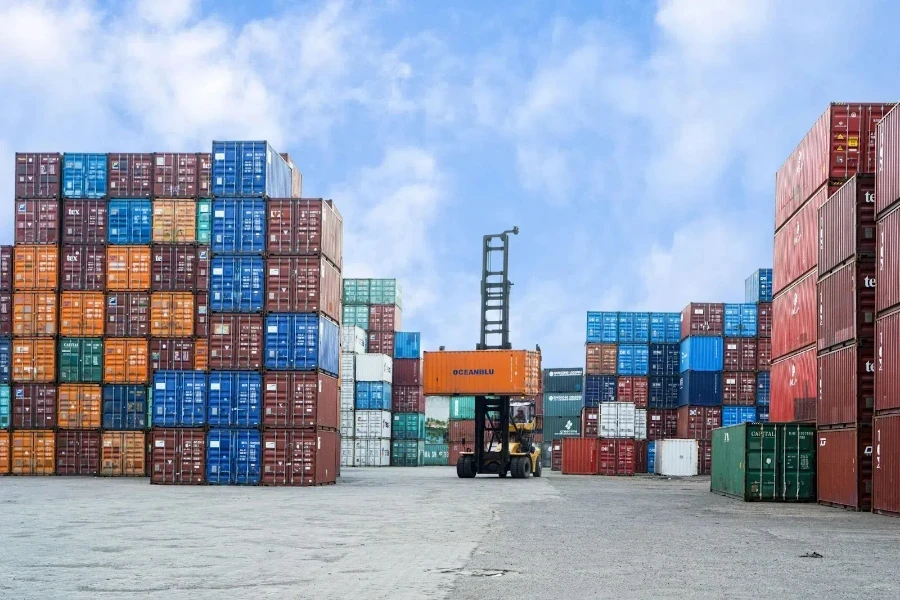
Cost differences/ cost efficiency
The greatest difference between FTL and LTL shipping methods is in terms of costs. In general, FTL serves as a much more cost-effective solution for large shipments that are substantial enough to fill up the entire truck, whereas the LTL model acts as a more budget-friendly option for smaller loads due to its space-sharing nature with other shippers. In other words, each offers cost advantages depending on shipment size.
Speed and delivery times
Another clear difference between the FTL and LTL shipping models is in line with their delivery speeds and times. Overall, FTL is much faster as it usually involves a direct route without any additional stops. In contrast, LTL is generally slower and subject to more variable routes due to different shippers’ delivery requirements.
Risk and freight handling
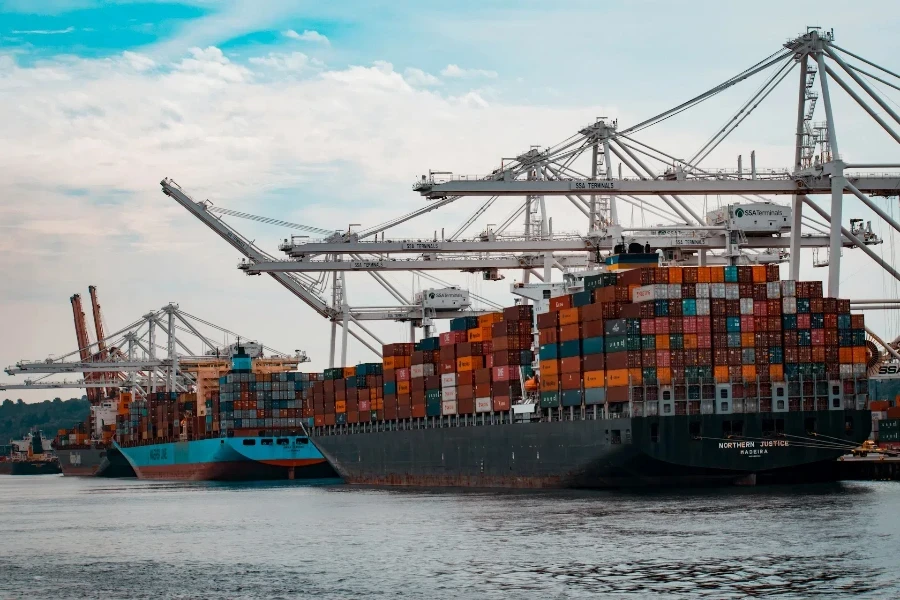
FTL and LTL also differ in the context of risk management and freight handling processes. In most cases, LTL involves more handling and a higher potential risk of damage as it is inevitably subject to more frequent loading and unloading due to multiple delivery stops and sharing of space, which may require frequent rearrangement of freight. Although this does not necessarily mean that most LTL freight will arrive in damaged conditions, the added handling certainly accentuates the importance of proper packaging to minimize related risks. Conversely, FTL shipments are much more secure with lower risks of damage as they typically experience no additional handling or loading/unloading due to their direct delivery nature.
Flexibility and logistics
Ultimately, from the service flexibility and logistics efficiency perspectives, LTL offers a significant edge over FTL. Shippers can send smaller cargo without waiting to fill an entire truck to use the FTL service. Since LTL typically takes a longer time and is used for non-urgent goods, LTL providers are often more accommodating in offering extra, tailored services. FTL, in contrast, with its direct routes and single shipment focus, prioritizes speed, reduces handling, and minimizes transit time for operational efficiency while adhering strictly to the scheduled timeline. Also, given the scale of FTL operations, shipments typically move from one commercial dock to another, making special handling services like white glove delivery or lift gate less relevant.
How to choose between FTL and LTL

Shipment size and weight
The choice between FTL and LTL is certainly the most straightforward when it comes to the actual size and weight of the intended shipment. It’s obvious because the costing of LTL is often weight or pallets-based, which means calculation on a per certain pound level or space basis. For example, a shipment may often cost more in LTL mode when it is up to certain pallets or weight levels, and sometimes can be way more expensive than the full FTL prices! And of course, if a shipment is large enough to fill most of the truck, the shipment size itself is already a very justifiable reason to choose FTL over LTL.
Cargo fragility and security

Shipment size and total weight aside, the next consideration is the attributes of the goods. The general practice is that a shipper should always opt for FTL if there are any fragile or high-value shipments involved since these shipments are best kept in a single, direct route with minimal handling to ensure safety and reduce any unnecessary risks.
Intended delivery speed
Apart from the shipment size and features, speed is another critical consideration in any shipping decision. Time-sensitive, high-priority goods, and perishables almost certainly need to opt for FTL arrangements due to its capacity for fast and efficient delivery. LTL mode, on the other hand, is not ideal for such shipments since they normally take longer transit times due to more shipments involved.
Cost considerations

Lastly, similar to any other business decision, costing is a significant factor in deciding between LTL and FTL. While LTL is generally cheaper than FTL, it’s not always the case when shipments exceed a certain weight threshold since LTL is charged depending on different weight/space unit factors. The most challenging scenario is when a shipment size seems slightly too large for LTL yet too small for FTL. In such situations, refer back to the previous three factors and choose the option that meets the most overall criteria to make the final decision.
Maximizing shipping efficiency

FTL shipping model refers to the dedicated use of a semi-truck for one shipment only, ensuring fast, direct, and reduced-handling safe delivery, typically at a higher cost. On the other hand, LTL shipping involves the consolidation of various smaller shipments into a single truck, offering a more affordable cost but with a longer transit time due to multiple transfers and stops. LTL shipments, however, often come with more flexibility in terms of additional services for easier pickup and delivery services.
FTL and LTL differ in cost, delivery speed, potential risks, freight handling processes, as well as flexibility in logistics arrangements. The decision between choosing FTL or LTL depends on factors such as shipment size and weight, desired delivery speed, cargo fragility, and security requirements, as well as cost considerations. With thorough consideration, shippers can maximize shipping efficiency by leveraging the strengths of both shipping modes.
Visit Chovm.com Reads regularly to discover innovative ideas that can catalyze groundbreaking business ventures.
